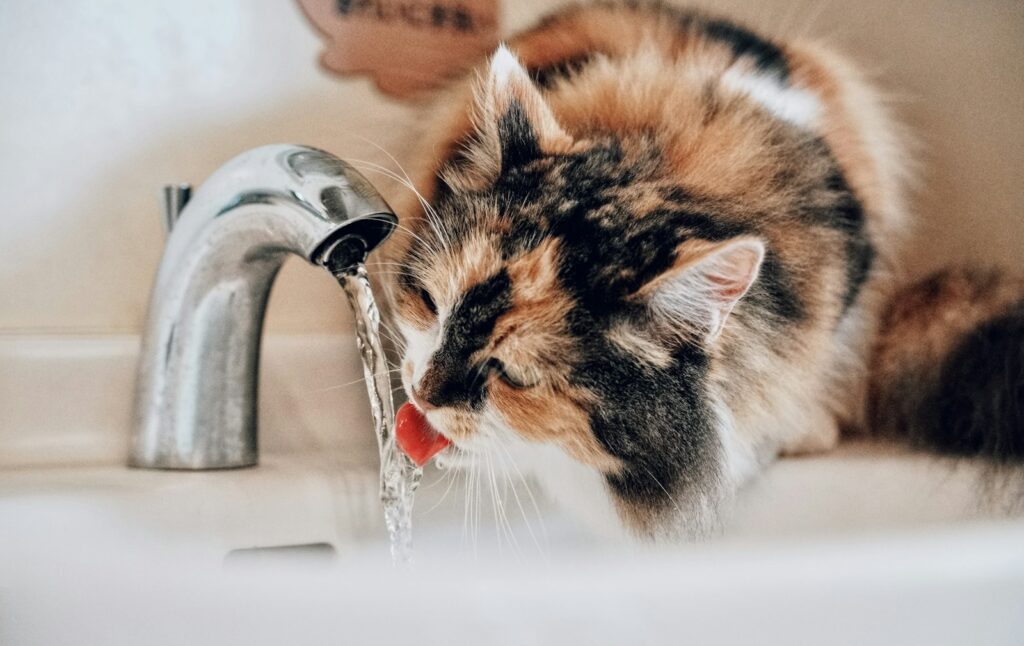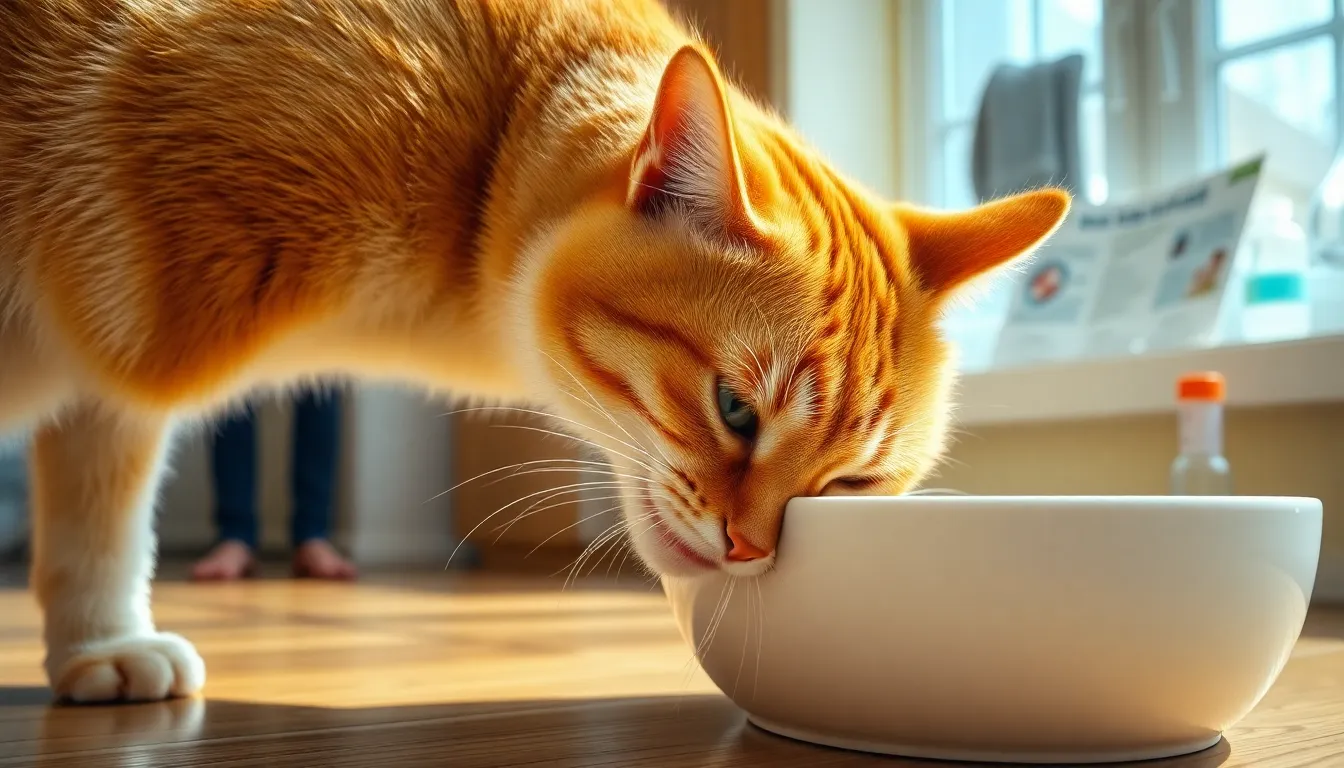Cats are mysterious creatures, and their drinking habits can sometimes leave pet owners scratching their heads. One moment they’re barely touching their water bowl, and the next, they’re lapping up water like there’s no tomorrow. But when does increased water consumption go from quirky to concerning? Excessive water drinking – or polydipsia – isn’t just a random behavior. It could be your furry friend’s way of signaling something more serious going on beneath the surface.
Most cat owners don’t realize that sudden changes in water intake can be a critical health indicator. Whether you’ve noticed your cat hanging out by the water bowl more often or making multiple trips throughout the day, something might be trying to get your attention. So, before you start worrying, let’s break down the potential reasons behind this increased thirst.
Diabetes: The Silent Hydration Disruptor
Diabetes in cats isn’t just a human condition – our feline friends can develop it too. When a cat’s body can’t regulate insulin properly, it leads to increased blood sugar levels. This metabolic mayhem triggers an intense thirst mechanism. Think of it like your cat’s internal fire alarm going off.
Cats with diabetes will drink significantly more water than usual – sometimes two or three times their normal intake. Other telltale signs include sudden weight loss, increased urination, and changes in appetite. Typically, middle-aged and overweight cats are more susceptible to developing diabetes.
Veterinarians can diagnose diabetes through blood and urine tests. The good news? With proper management, many cats can live happy, healthy lives. Treatment usually involves insulin injections, dietary changes, and regular monitoring.
Kidney Disease: A Common Culprit of Increased Thirst
As cats age, their kidneys become less efficient at filtering waste. Chronic kidney disease is surprisingly common in older cats, often presenting through increased water consumption. When kidneys start struggling, cats instinctively drink more to help flush out toxins.
Early stages of kidney disease might seem subtle. Your cat might drink more, urinate more frequently, and appear slightly less energetic. Blood tests can detect kidney function decline, allowing for early intervention and management.
Did You Know?
Cats’ kidneys are incredibly complex – they can concentrate urine up to seven times more efficiently than human kidneys!
Hyperthyroidism: Metabolic Overdrive
Imagine your cat’s metabolism running like a sports car with the gas pedal stuck – that’s hyperthyroidism. This condition causes the thyroid gland to produce excess hormones, essentially putting your cat’s internal systems into overdrive. Increased thirst is just one of many symptoms.
Cats with hyperthyroidism might drink more water, lose weight despite eating normally, and display hyperactive behavior. Older cats are most at risk, with some studies suggesting nearly 10% of cats over 10 years old develop this condition.

Urinary Tract Infections: When Drinking Signals Distress
Urinary tract infections (UTIs) can make your cat feel like they’re constantly thirsty. These pesky infections cause inflammation and discomfort, prompting increased water intake as the body tries to flush out bacteria. Watch for additional signs like frequent litter box visits, visible discomfort while urinating, or blood in the urine.
While UTIs are treatable with antibiotics, they shouldn’t be ignored. Chronic or recurring infections might indicate underlying health issues that need comprehensive veterinary attention.
Medications and Their Thirst-Inducing Side Effects
Some medications can cause increased thirst as a side effect. Steroids, in particular, are known for triggering excessive water consumption. If your cat has recently started a new medication and you’ve noticed changes in drinking habits, it’s worth discussing with your vet.
Quick Takeaways
- Increased water intake isn’t always cause for panic
- Age and weight play significant roles in feline health
- Regular vet check-ups can catch issues early
- Some conditions are manageable with proper care
- Always track significant changes in your cat’s behavior
Conclusion
Understanding why your cat is drinking more water requires observation, context, and sometimes professional insight. While increased thirst can signal various conditions, it doesn’t automatically mean disaster. Cats are resilient creatures, and many health challenges can be managed effectively with early detection and proper care.
The key is staying attentive – not paranoid. Trust your instincts, keep communication open with your veterinarian, and remember that every cat is unique. Your furry friend might just be going through a phase, or they might need some extra medical attention.
Frequently Asked Questions
How much water should a cat drink daily?
Typically, cats should drink about 3.5 to 4.5 ounces of water per 5 pounds of body weight daily.
Can diet affect a cat’s water intake?
Absolutely. Wet food contains more moisture, which can reduce water bowl visits compared to dry food diets.
When should I worry about my cat’s water consumption?
If water intake suddenly doubles or is accompanied by other symptoms like weight loss or lethargy, consult a veterinarian.
Are some cat breeds more prone to drinking more water?
Not significantly, though individual cats can have varying preferences and health backgrounds.
Can stress cause increased water drinking?
Yes, stress and environmental changes can temporarily alter a cat’s drinking habits.

